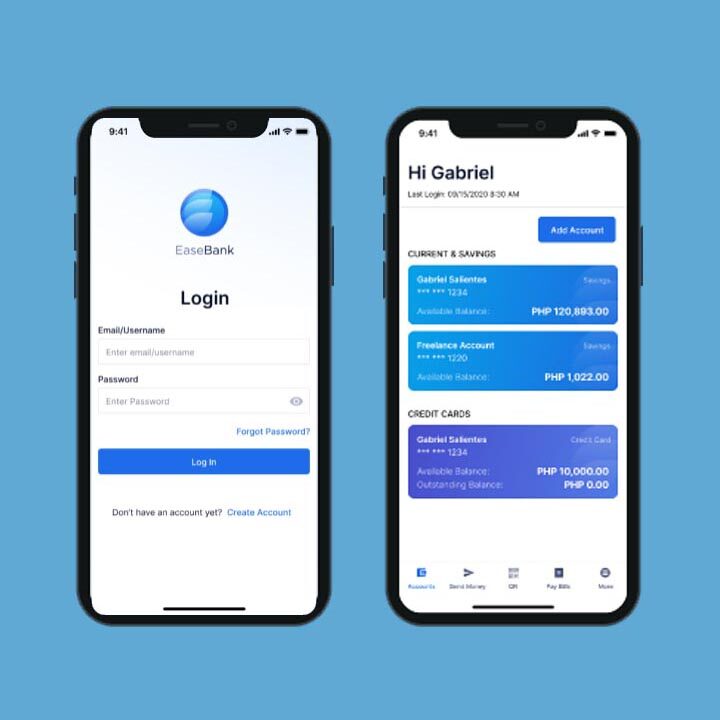Software Development Life Cycle Models
Are you striving to achieve success in your software development projects? Look no further! In today’s rapidly evolving technological landscape, understanding and mastering the Software Development Life Cycle (SDLC) models is critical to delivering high-quality, efficient, and successful software projects.
In this blog, we will provide you with valuable insights about various Software Development Life Cycle models, their unique characteristics, and how they can be leveraged to optimize your software development process. And as a bonus, we’ll shed some light on the thriving software development industry in the Philippines and the companies making a mark in the global IT landscape.
Don’t miss out on this opportunity to elevate your software development skills and knowledge. Read on and unlock the secrets to conquering the world of SDLC models!
What is software development life cycle?
The Software Development Life Cycle (SDLC) is a systematic framework that outlines the essential steps and processes involved in developing reliable, high-quality software. SDLC encompasses various methodologies and models, such as Waterfall, Agile, and Spiral, that guide developers through critical phases like requirement gathering, design, implementation, testing, deployment, and maintenance.
Adhering to the SDLC helps your software development teams effectively manage projects, ensure on-time delivery, and meet user expectations while maintaining your desired quality standards.
What are software development life cycle models?
Software Development Life Cycle models are various methodologies that developers use to manage the software development process, ensuring efficient and successful delivery of software projects.
Popular types of SDLC models
There are several SDLC models that we, developers, use to manage our software development process:
Waterfall Model
The Waterfall Model is a linear and structured approach to software development, where each phase of the project progresses sequentially, much like a cascading waterfall. This methodology includes distinct stages, such as analysis, design, development, testing, and deployment, with each phase being fully completed before transitioning to the next.
The Waterfall Model is particularly suited for projects with well-defined requirements and minimal expected changes, as it provides a clear, systematic path to deliver a high-quality software product in an orderly manner.
Agile Model
The Agile model is a dynamic and collaborative approach to software development, emphasizing flexibility, customer satisfaction, and rapid delivery of functional software increments. Unlike traditional models, Agile methodologies, such as Scrum and Kanban, prioritize continuous feedback and adaptability throughout the development process.
By breaking the software product into small, manageable units called iterations or sprints, Agile teams can frequently reassess and adjust project requirements, ensuring alignment with customer needs and fostering a culture of continuous improvement.
Iterative Model
The Iterative Model involves developing the software in incremental stages. Each iteration consists of a mini SDLC, with developers refining the software and adding functionality based on user feedback. This model is suitable for large projects with evolving requirements.
Spiral Model
The Spiral Model is an innovative software development approach that melds the iterative and incremental nature of Agile methodologies with the structured and controlled aspects of the Waterfall Model.
In the Spiral Model, projects progress through iterative cycles, each comprising four key phases: identification of objectives, risk analysis, development and testing, and evaluation of deliverables. This process allows for continuous refinement, proactive risk management, and flexibility, making it an ideal choice for complex, high-risk projects that require a balance between adaptability and control.
V-Shaped Model
The V-Shaped Model is an extension of the Waterfall Model, with an emphasis on testing. Each development phase is associated with a corresponding testing phase, ensuring that thorough testing is conducted throughout the project. This model is ideal for projects with well-defined requirements and a strong focus on quality assurance.
Phases of the software development life cycle
The Software Development Life Cycle is typically divided into six major phases:


- Requirement Gathering and Analysis
This initial phase involves understanding the client’s needs and gathering information about the software’s objectives, functionality, and limitations. Business analysts, project managers, and stakeholders collaborate to define clear and concise requirements.
- Design
In this phase, architects and designers create detailed design specifications, including data flow diagrams, system architecture, and database design. The design phase also includes selecting the appropriate SDLC model for the project.
- Implementation
During the implementation phase, programmers develop the software by writing code in the chosen programming language. The software is broken down into smaller components or modules, which are then developed and integrated following the selected SDLC model.
- Testing
Once the software has been implemented, it undergoes various types of testing, such as unit testing, integration testing, and system testing. This ensures that the software is free of defects and meets the requirements outlined in the analysis phase.
- Deployment
After successful testing, the software is deployed in the production environment for end-users. This may involve installing the software on the client’s systems or making it available for download on online platforms.
- Maintenance
The final phase of the SDLC is maintenance. Developers provide ongoing support for the software, fixing bugs and making updates as needed. This ensures that the software remains functional and relevant to the users’ needs.
Software development companies in the Philippines


The Philippines has a rapidly growing IT industry, and several software development companies have emerged, offering a wide range of services. These companies specialize in various SDLC models and cater to clients from different sectors, including finance, healthcare, and e-commerce. Some prominent software development companies in the Philippines are:
- Exist Software Labs
- Orange and Bronze Software Labs
- Pointwest Technologies Corp
- Arcanys
- DigiGlobal Solutions
These companies have a reputation for delivering high-quality software solutions, leveraging the latest technologies and SDLC methodologies to meet their client’s requirements.
Conclusion
Understanding the Software Development Life Cycle models and their respective phases is essential for successful software development projects. By selecting the appropriate SDLC model, developers can effectively manage the process, ensuring efficient delivery and high-quality software. The growing IT industry in the Philippines offers a plethora of opportunities for software development companies to excel in this field.
FAQs
What is the purpose of using different SDLC models?
Different SDLC models cater to the unique requirements of software projects, providing flexibility and control over the development process. Choosing the right model helps developers manage risks, meet client expectations, and deliver high-quality software.
How do I choose the right SDLC model for my project?
Selecting the right SDLC model depends on factors such as project complexity, size, budget, and the likelihood of changes during development. It is crucial to analyze these factors and choose a model that best aligns with the project’s requirements.
What is the main difference between the Waterfall and Agile models?
The Waterfall Model is a linear and sequential approach, with each phase completed before the next begins. In contrast, the Agile Model is an iterative and incremental approach, emphasizing collaboration, customer feedback, and flexibility.
Can I use more than one SDLC model in a single project?
Yes, hybrid SDLC models can be used to combine the benefits of different models. For example, a project can begin with the Waterfall Model for the initial planning and design phases, then transition to the Agile Model for implementation and testing.
What is the role of software development companies in the Philippines in the global IT industry?
Software development companies in the Philippines contribute to the global IT industry by offering high-quality software solutions, leveraging the latest technologies and SDLC methodologies. They cater to clients from various sectors, helping them achieve their business objectives.
Get an edge over your competitors by getting DigiGlobal Solutions‘ team Software Development.
Related Post:
Software Development Industry in the Philippines: What’s the Current State?







